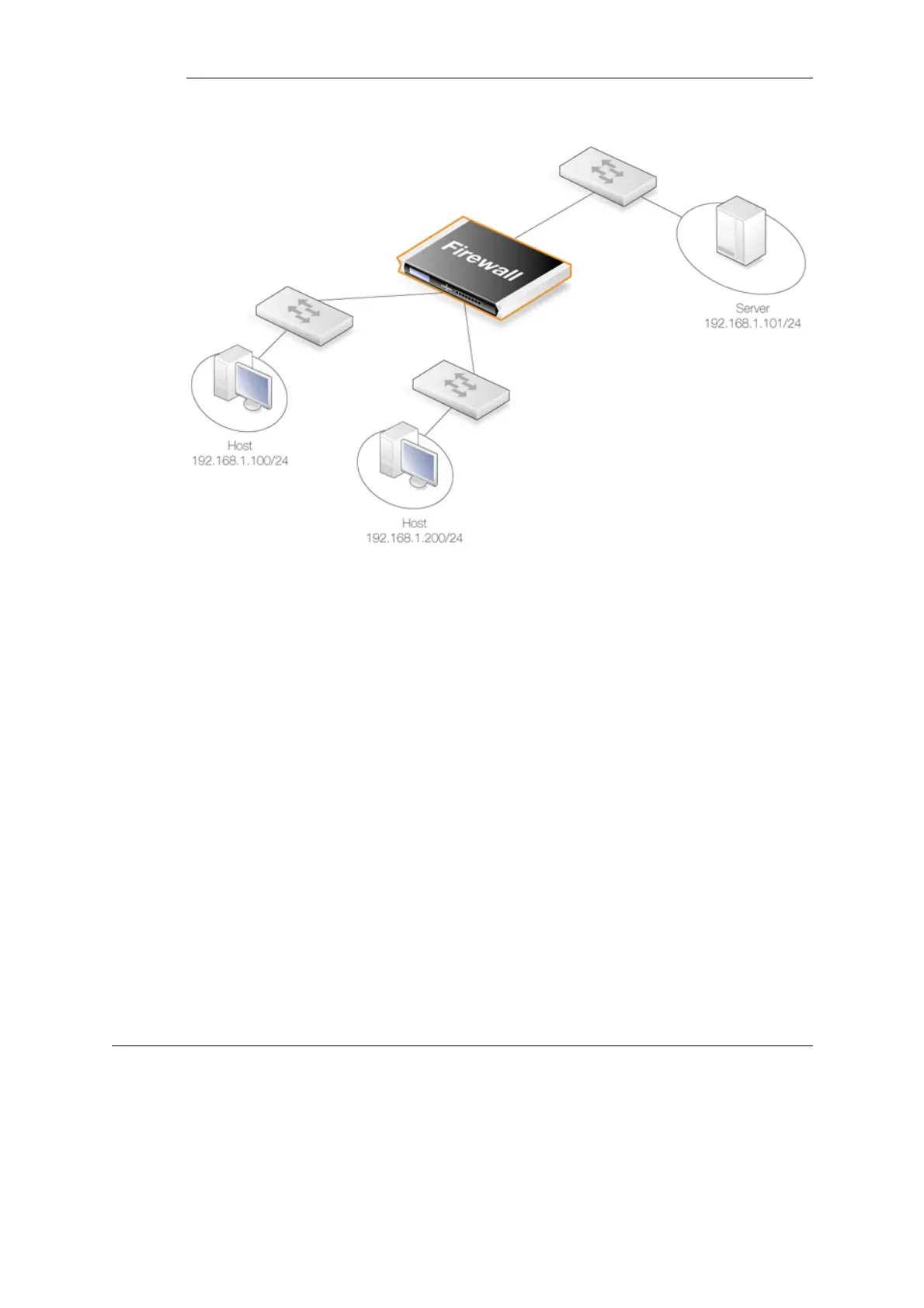Figure 4.26. An Example BPDU Relaying Scenario
Implementing BPDU Relaying
The NetDefendOS BDPU relaying implementation only carries STP messages. These STP
messages can be of three types:
• Normal Spanning Tree Protocol (STP)
• Rapid Spanning Tree Protocol (RSTP)
• Multiple Spanning Tree Protocol (MSTP)
• Cisco proprietary PVST+ Protocol (Per VLAN Spanning Tree Plus)
NetDefendOS checks the contents of BDPU messages to make sure the content type is
supported. If it is not, the frame is dropped.
Enabling/Disabling BPDU Relaying
BPDU relaying is disabled by default and can be controlled through the advanced setting Relay
Spanning-tree BPDUs. Logging of BPDU messages can also be controlled through this setting.
When enabled, all incoming STP, RSTP and MSTP BPDU messages are relayed to all transparent
interfaces in the same routing table, except the incoming interface.
4.8.5. MPLS Pass Through
Multi-protocol Label Switching (MPLS) is a standard that allows the attaching of labels to IP
packets to provide information about the packet's eventual destination. The router that initially
attached the MPLS label is known as the ingress router.
Network nodes that support MPLS can then use this attached information to route packets
Chapter 4: Routing
389

